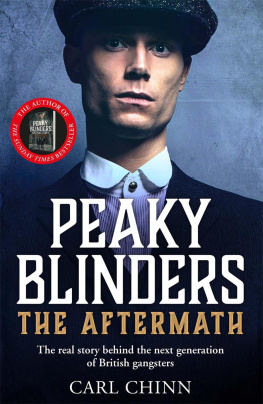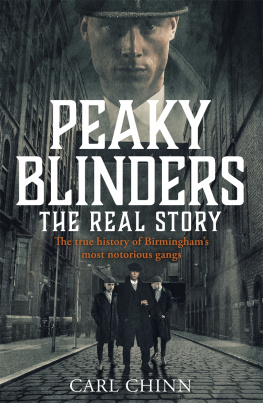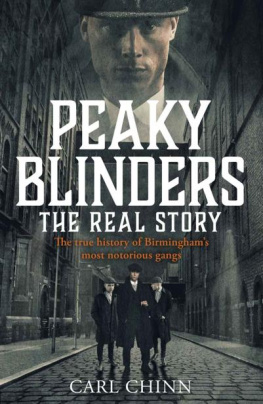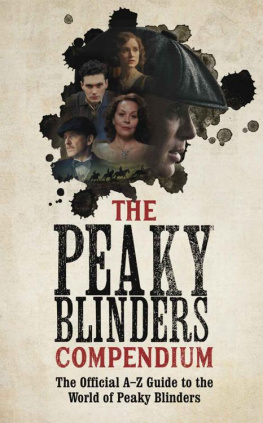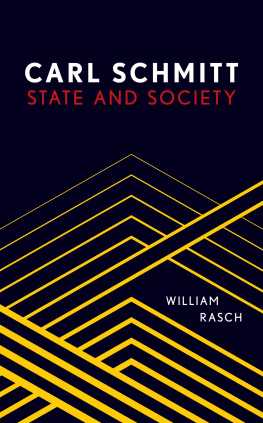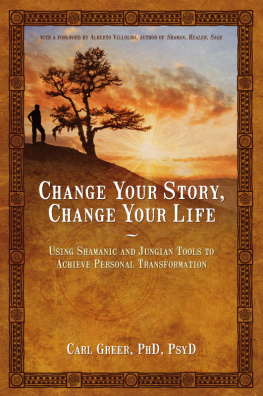


First published in the UK by John Blake Publishing,
an imprint of Bonnier Books UK
4th Floor, Victoria House
Bloomsbury Square,
London, WC1B 4DA
England
Owned by Bonnier Books
Sveavgen 56, Stockholm, Sweden
www.facebook.com/johnblakebooks 
twitter.com/jblakebooks 
First published in paperback in 2021
Paperback: 978-1-78946-451-1
Ebook: 978-1-78946-452-8
Audio: 978-1-78946-483-2
All rights reserved. No part of this publication may be reproduced, stored in a retrieval system, or transmitted in any form or by any means, without the prior permission in writing of the publisher, nor be otherwise circulated in any form of binding or cover other than that in which it is published and without a similar condition including this condition being imposed on the subsequent purchaser.
British Library Cataloguing-in-Publication Data.
A catalogue record for this book is available from the British Library.
Design by www.envydesign.co.uk
1 3 5 7 9 10 8 6 4 2
Text copyright Carl Chinn 2021
The right of Carl Chinn to be identified as the author of this work has been asserted by him in accordance with the Copyright, Designs and Patents Act 1988.
Every reasonable effort has been made to trace copyright-holders of material reproduced in this book, but if any have been inadvertently overlooked the publishers would be glad to hear from them.
John Blake Publishing is an imprint of Bonnier Books UK
www.bonnierbooks.co.uk

CONTENTS

PEAKY BLINDERS: THE AFTERMATH
Damned as the Devils Decade, the years between the Wall Street Crash of October 1929 and the outbreak of the Second World War in September 1939 were bleak and divisive. During this Great Depression, the old industries that had made Britain a great power were hurled into decline. As coal mines, shipyards, iron-works, and cotton and woollen mills shut down, unemployment shattered whole communities. With meagre support from the authorities and too little money coming in, countless families had insufficient food, fuel, and clothing and were plunged into absolute poverty. Unsurprisingly, austere black-and-white images haunt the popular consciousness of the Slump: jobless men standing forlornly on street corners; beshawled women picking broken bits of coal on slag heaps; hunger marchers trudging to London pleading for work and government action; malnourished and raggedly-clothed children playing in drab back streets; uncaring officials humiliating those applying for help; and black-shirted fascists spouting their loathing of Jewish people.
This dismal picture is reinforced by the starkness of novels such as Walter Greenwoods Love on the Dole (1933), blasting against the hopelessness and misery inflicted by unemployment in Salford; social commentaries like George Orwells The Road to Wigan Pier (1937), railing at the distress in the North of England; and Ellen Wilkinsons The Town That Was Murdered: The Life Story of Jarrow (1939), denouncing an economic system that destroyed lives. But the Slump was not merely a Northern phenomenon. Other investigations revealed its disturbing and demoralising effects in South Wales, parts of London, and much of Scotland, East Anglia, and the Midlands.
Contrastingly, some historians have argued against this grim representation of the 1930s. Instead of the ravaged industrial landscape identified as nineteenth-century England by J. B. Priestley in English Journey (1934), they concentrated on his new England. Inspired by the USA, it was criss-crossed with futuristic bypasses and arterial roads for the motor car and distinguished by modish Woolworths stores, cocktail bars, and giant cinemas and dance halls. Buoyed by a rise in real wages, those fortunate to work in the expanding consumer-driven industries, mostly in the South, did gain from a new and prosperous England. With more money to spend, they bought modern semi-detached houses in the suburbs, Austin 7 cars, vacuums made at the imposing art deco Hoover Building in London, electric cookers, radiograms, and other up-to-date products.
Yet for all the affluence benefiting some, Britain was shamed by the vast swathes of poverty that overwhelmed much of the country, whilst the 1930s were tainted further by the rise of fascism in Italy and the Nazi takeover of Germany. It is little wonder that the decade was shunned by those scarred by experiences of insanitary housing, a lack of work and opportunity, an inadequate diet, and political extremism. The Hungry Thirties were too real for too many and their gloom was deepened by unfavourable comparisons with the supposedly flamboyant Roaring Twenties. Of course, this simplistic contrast ignores the widespread hardships of the 1920s, ensuring that only the sparkle of those years glitters: young women asserting themselves by smoking, drinking, wearing short skirts, and embracing fashion; youngsters enjoying themselves dancing to jazz music and indulging in crazes; and the privileged few bright young things exulting in their partying, drug-taking, and shocking excesses.
A disdain for social norms was as noticeable amongst another group that sprang up in the early 1920s: Britains first gangsters operating on a national scale and belonging to organised gangs making huge sums of money from large-scale illegality. Their domain was the racecourses of England. Strutting and bullying, they robbed punters and blackmailed bookmakers for protection and purported services with impunity. Battling each other for domination with cut-throat razors, hammers, and revolvers, they blatantly defied the police and authorities. These race gangs gloried in their odious activities, publicised to an astonished audience by often lurid newspaper articles.
As recounted in Peaky Blinders: The Legacy, the first and most feared of them was the Birmingham Gang. It was led by Billy Kimber, a former peaky blinder and main character in the Peaky Blinders television series as was his arch enemy, Darby Sabini, the chief of a formidable force of London tearaways. In the spring and summer of 1921, the two gangs fought a bloody war for control of the lucrative rackets on southern racecourses. It was the first in Britain between gangs from different cities and the nation watched in horror as they clashed. Then, in the autumn and in a startling turn of events, they declared a truce, splitting the country between them, with the Sabini Gang taking over the South.
After seeing off challenges from other London gangs, by 1924 the Sabinis were at the peak of their power. But the next year, they were confronted within London by the Elephant Boys and the Bethnal Green Mob, whilst in Sheffield a man was murdered in a war between two gangs of racing men. Pushed into action by a host of sensational newspaper articles, in August 1925 the Home Secretary declared war against the race gangs. They were targeted by the Flying Squad of the Metropolitan Police and by a new body of racecourse security personnel, whilst the bookmakers associations came up with the ploy of giving leading gang members jobs to provide the services formerly extorted. Darby Sabini was prominent amongst those who eagerly grasped the chance to shift towards legitimacy and acquire middle-class respectability for his children, and in 1926 he moved away from London and his gang to the South Coast.
Next page
